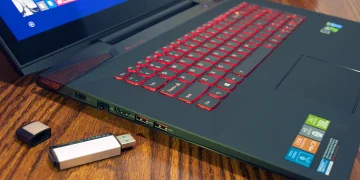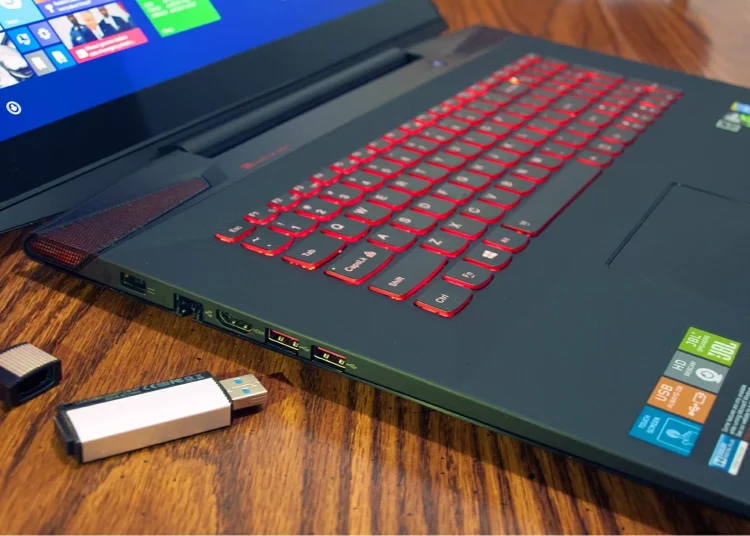Running out of storage space can feel like hitting a roadblock on a busy highway. Frustrating, right? But what if I told you your PC is hiding storage you can reclaim? Let’s uncover those hidden gigabytes and get your machine running smoothly again.
Step 1: Declutter Your Machine
Your device accumulates unnecessary files. Temporary files, old downloads, and forgotten caches can gobble up valuable space. Here’s how to clean:
For Windows Users:
- Use Disk Cleanup: Press
Win + Sand type Disk Cleanup. Select a drive and let it scan for junk. Check items like Temporary Files and click Clean up system files. - Turn on Storage Sense: Go to Settings > System > Storage. Enable Storage Sense to automate cleanup.
For macOS Users:
- Manage Storage: Go to Apple Menu > About This Mac > Storage > Manage. Use tools like Optimize Storage or Empty Trash Automatically.
For Linux Users:
- Install BleachBit to clean up system junk and logs.
- Or go DIY with this terminal command to find large files:
sudo find / -type f -size +1G

Step 2: Delete What You Don’t Use
Do you have apps gathering digital dust? Uninstall them and reclaim space.
How to Uninstall Apps:
- Windows: Go to Settings > Apps > Apps & Features. Sort by size and say goodbye to what you don’t need.
- macOS: Drag unused apps to the Trash.
- Linux: Use your package manager. Example for Ubuntu:
sudo apt remove <appname>
Step 3: Take It to the Cloud
Why let massive files take up space on your device when the cloud can handle it? Cloud storage services like Google Drive, Dropbox, and OneDrive allow you to store files online, freeing up valuable local space.
Set files to “online-only” mode so they don’t eat up space on your device while remaining accessible.
Step 4: Compress Big Files
Some files are too important to delete, but too big to ignore. Shrink them with compression tools like:
- 7-Zip (Windows/Linux)
- WinRAR
- Built-in Compress Tool (macOS: Right-click > Compress)
Step 5: Optimize System Settings
Want to dig deeper? Here are some advanced tweaks:
Disable Hibernation (Windows):
Hibernation files can eat up several gigabytes of storage. To disable it, open Command Prompt as an administrator and run the following command:powercfg -h off
Adjust System, Restore Size:
System Restore can also use up a significant chunk of your PC storage. To reduce its size:
- Go to Control Panel > System > System Protection.
- Select a drive, click Configure, and adjust the disk space slider to free up space.
Step 6: Upgrade If Needed
Sometimes, the solution is simply more storage. Upgrade your internal drive to a larger SSD or HDD, or add an external drive for backups and archives.
Why SSDs Are Great:
- Faster speeds
- More reliable than traditional HDDs
- Can handle large capacities
Reclaiming PC storage space doesn’t have to be a chore. Start small by clearing temporary files and uninstalling unused apps. Once you see the results, you might feel inspired to try advanced tweaks or even upgrade your hardware.






























